Full Service Tire Shop in Kelowna BC
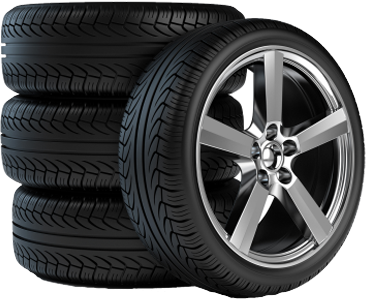
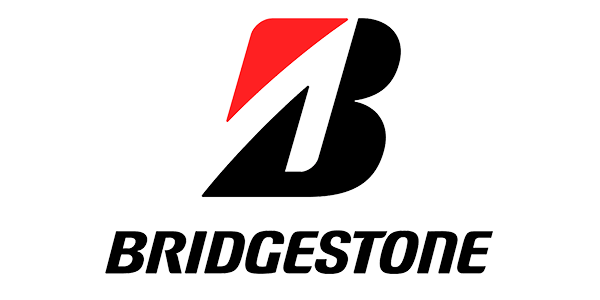











Buying Tires with ValleyPro + OTOBOX is Easy

You don't have to handle the tires

Free Delivery Directly to our shop

Manufacturer discounts accepted

Easy Warranty

Competitive Prices

Huge Selection
Choose from the top tire brands
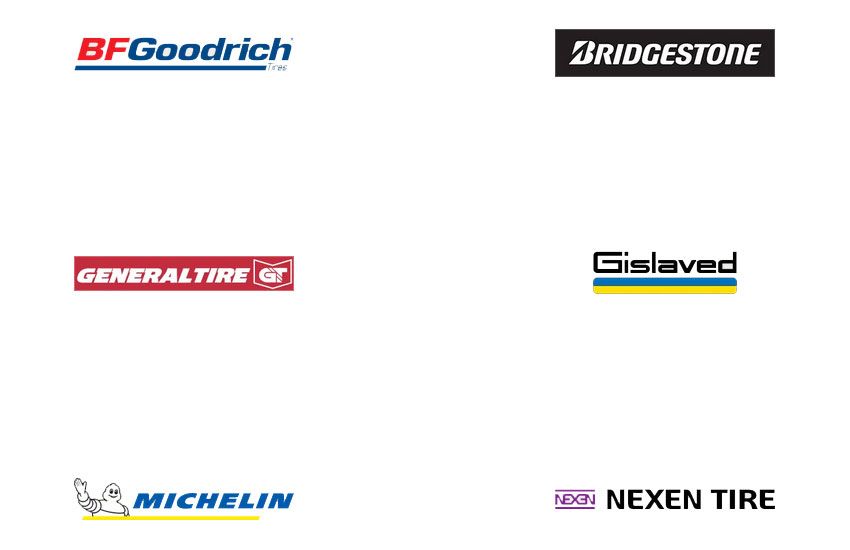
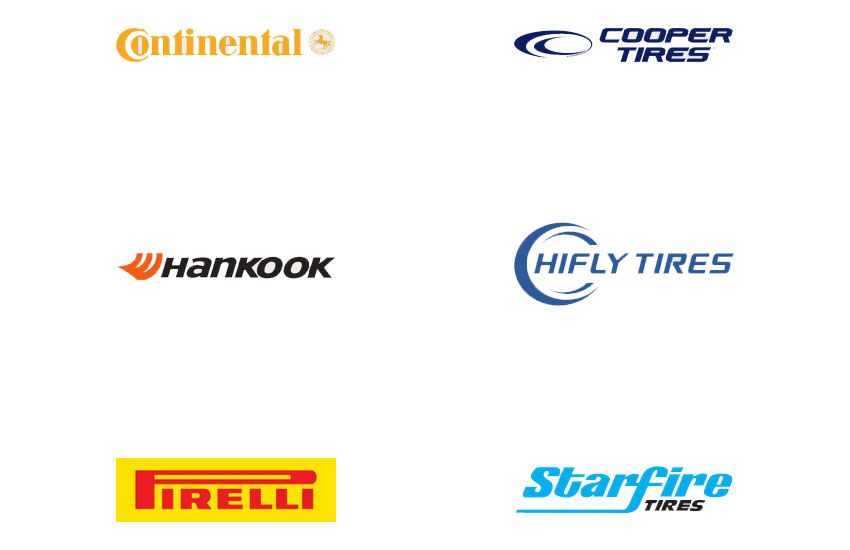
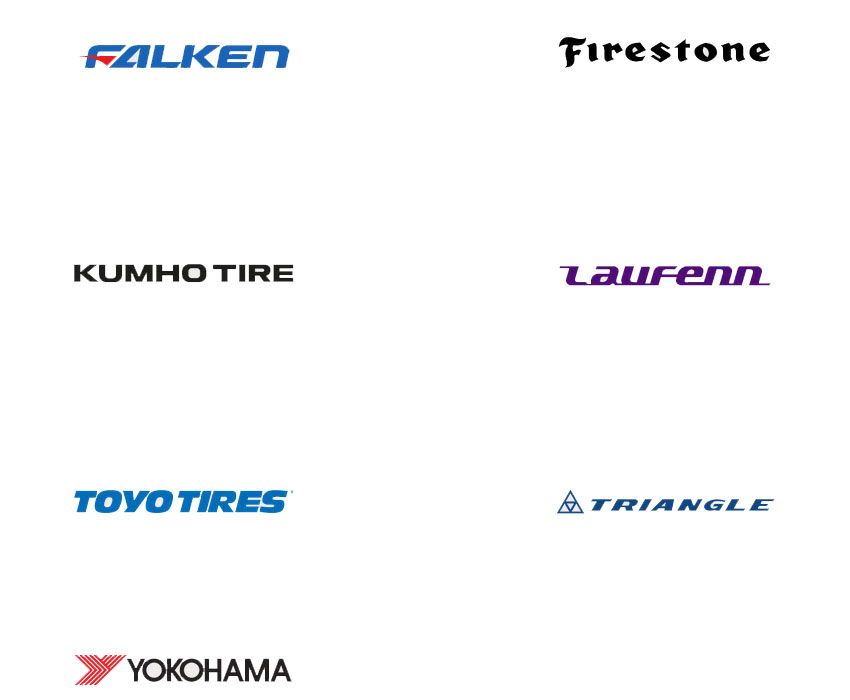
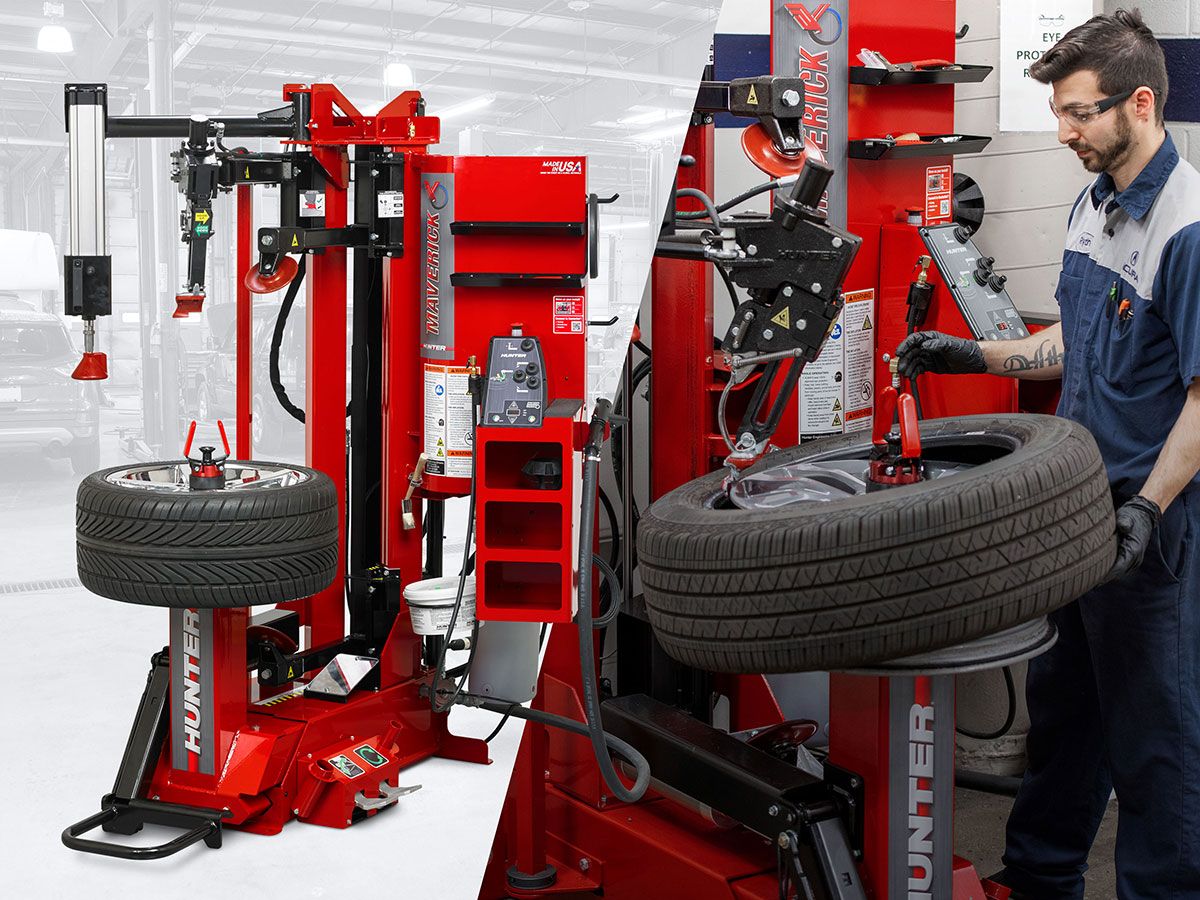
Mount & Balance
Guarantees no metal to metal contact - and precise installation!
There is no way to mount a tire onto a wheel without touching it, but this expression means that no metal part will touch the wheel itself. Only plastic components of the machine will touch the wheels and will not scratch, ding, or dent them.
We Mount:
- Tires up to 26"
- Run-flat tires
- TPMS install and repairs
- Factory upgrade setups for both Mercedes and Tesla
STARTING AT $117.79
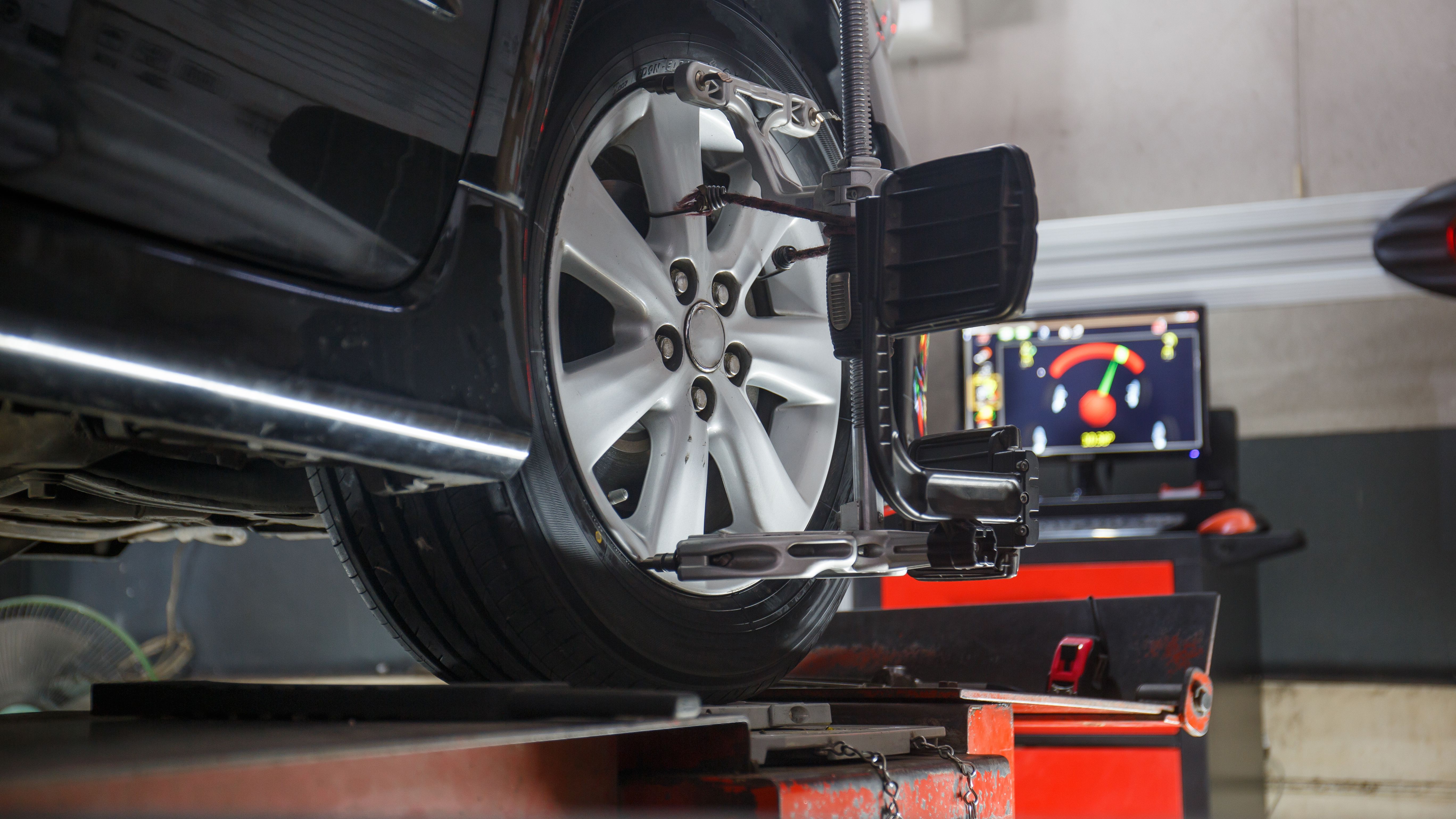
Wheel Alignment
Equipped with the necessary factory upgrade setups for both Mercedes and Tesla. With pinpoint accuracy, easy-clamping, no metal-to-metal contact, QuickGrip® adaptors to protect the vehicle’s rims – it’s the most powerful wheel alignment machine on the market today.
Wheel alignment adjusts the angles of a vehicle’s wheels to manufacturer specifications, ensuring straight tracking, even tire wear, and optimal handling. Proper alignment corrects issues like pulling, uneven tread wear, or steering wheel vibration, improving safety, fuel efficiency, and tire life—typically recommended every 15,000–20,000 km.
STARTING AT $209.99

Optional Road Hazard Warranty
Road Hazard Tire Protection provides two years of prorated coverage on your new tire purchase. Coverage is limited to the original selling price or the replacement selling price, whichever is less. Coverage is for 2 years or down to 4/32nds tread wear, whichever comes first. Road Hazard Protection covers: Punctures, Nails or Glass Damage, Bruise or Brakes, Potholes or Curb Damage.
Starting at $59.95
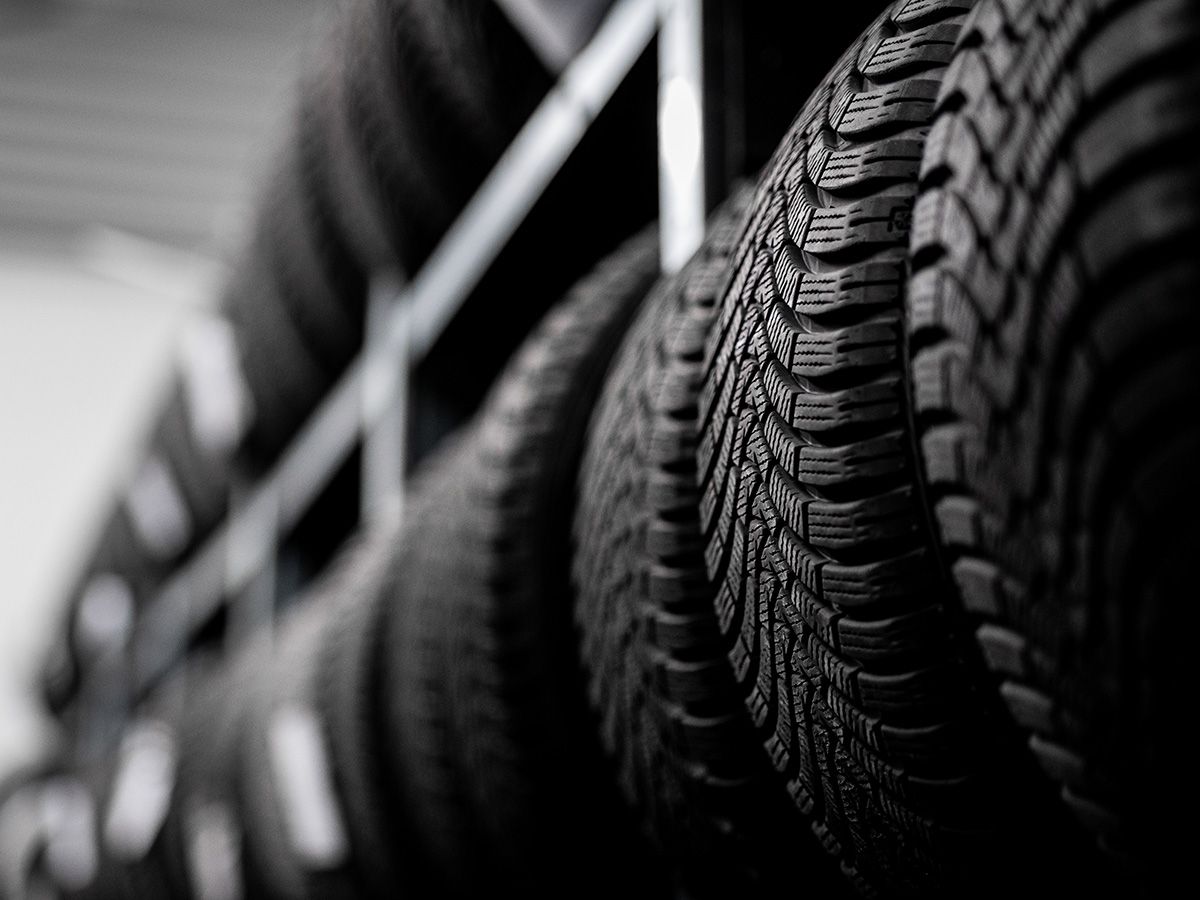
We Offer Seasonal Tire Storage
Save some space in your garage and store your tires with us! Ask us about our tire storage program when you get your tires changed for Winter.
- $79 per season
- Winter Tires Until December 1st.
- Summer Tires Until May 1st
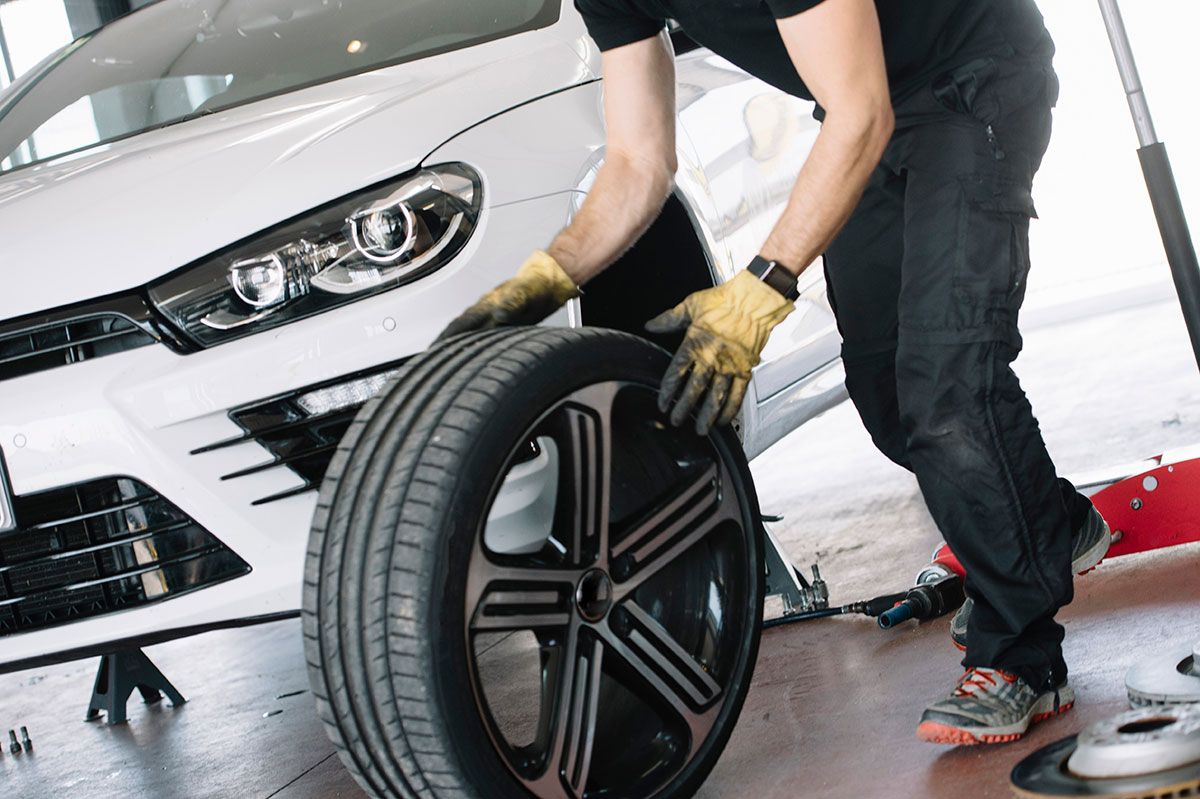
Financing is Available
We understand that purchasing quality tires for your vehicle may sometimes require financial flexibility. That's why we are proud to introduce Flexiti financing offers. Flexiti is a Canadian financial technology company that has partnered with Otobox to provide you with a flexible and fast payment solution.
The Flexiti financing offers are designed to meet your needs. You have a choice of different payment options:
- 3 equal monthly payments with no interest*
- 6 equal monthly payments with no interest*
- 12 equal monthly payments with no interest*

Your Electric Vehicle Tire Specialists
WHY YOU SHOULD INVEST IN WINTER TIRES
ONCE THE TEMPERATURE DROPS BELOW 7 C, WINTER TIRES ARE BETTER FOR YOUR CAR THAN ALL-SEASON TIRES - AND HERE'S WHY
All tires have a temperature range they like to work in to give you their best performance. Summer tires like it hot, all-season tires like all things moderate, and, of course, winter tires like it cold.
As temperatures drop below 7C, winter tires develop more grip, whereas all-season and summer tires lose grip and almost become useless.
As we approach November, when temperatures in the morning will be just above freezing, you can bet that the pavement will be very cold. Winter tires have rubber compounds formulated to stay soft and pliable for better traction in cold weather, something that all-season tries don't have.
If cost is a consideration, remember that winter tires wear less in cold weather than all-season tires. All-season tires wear considerably faster when driven in winter. A Swiss auto club study showed that total tire costs for a sedan after five years were less when the car switched between winter and summer tires.
- A car's stopping distance with winter tires can be up to 30 to 40 percent shorter than one with all-season tires.
- The soft rubber treads of a winter tire are able to splay and wrap themselves around minute protrusions on cold pavement or ice roads.
- What you get is traction that may be up to 15 percent better than economy-model winter tires.
- It's about temperature, not snow. Winter tires should be installed when you expect temperatures to fall to 7 C or below.
- Winter tires should be narrower than summer models– this helps the tire slice through snow and reduces hydroplaning.
- Winter tires are designed to move water.
- When you're trying to stop or turn, the limits are determined by the traction capabilities of your tires, not the number of driven wheels.
- Black ice is not a death sentence. Good winter tires can stick to glare ice, but only if they are within their traction limits.
- The performance of winter tires has been significantly improved over the past decade by advanced rubber compounds.
- Current winter tire technology focuses on shallower treads with closely spaced grooves that carry away the water film created when the tire presses down on ice or snow.
- Although testing makes it easy to see the performance advantages of a winter tire (you stop faster), the technology behind it is deceptively complex.
- Although they offer an advantage on glare ice, studded tires are far less effective than non-studded models on cold, bare pavement.
- The most important factors in a winter tire's all-round grip are the quality of its rubber compound and its tread design.
